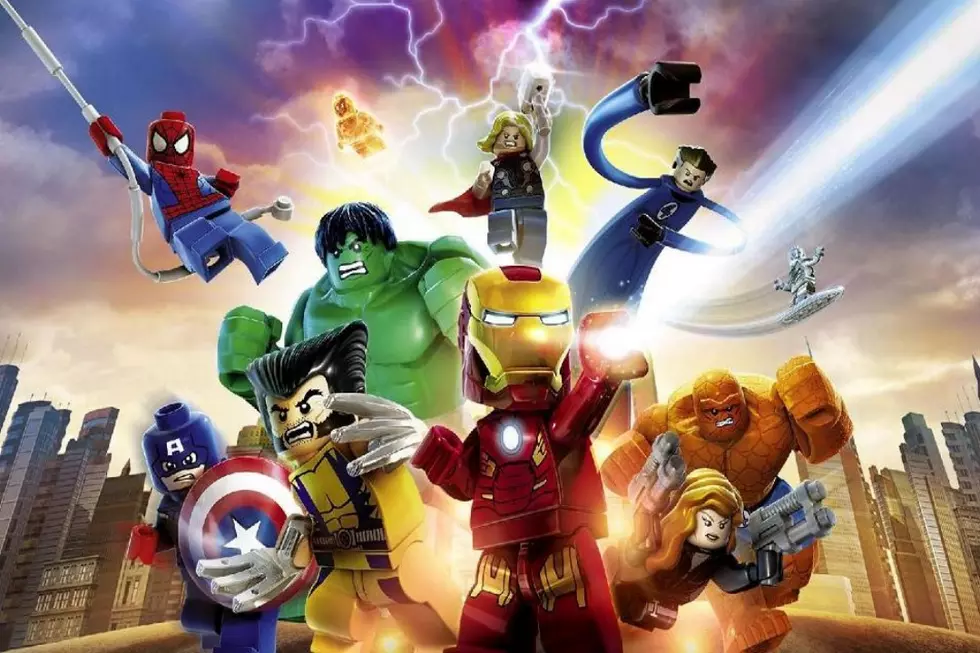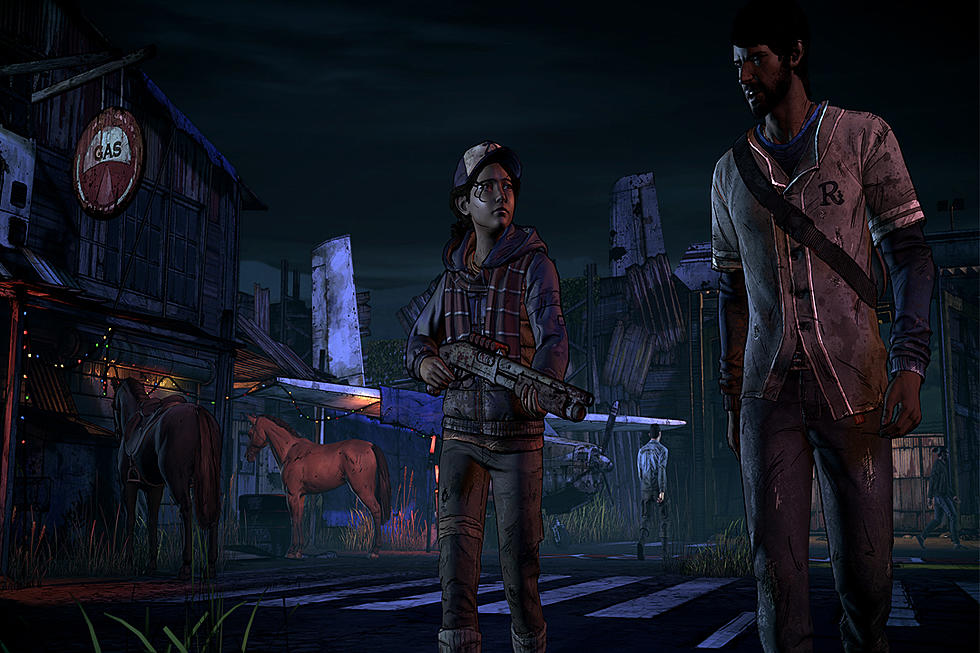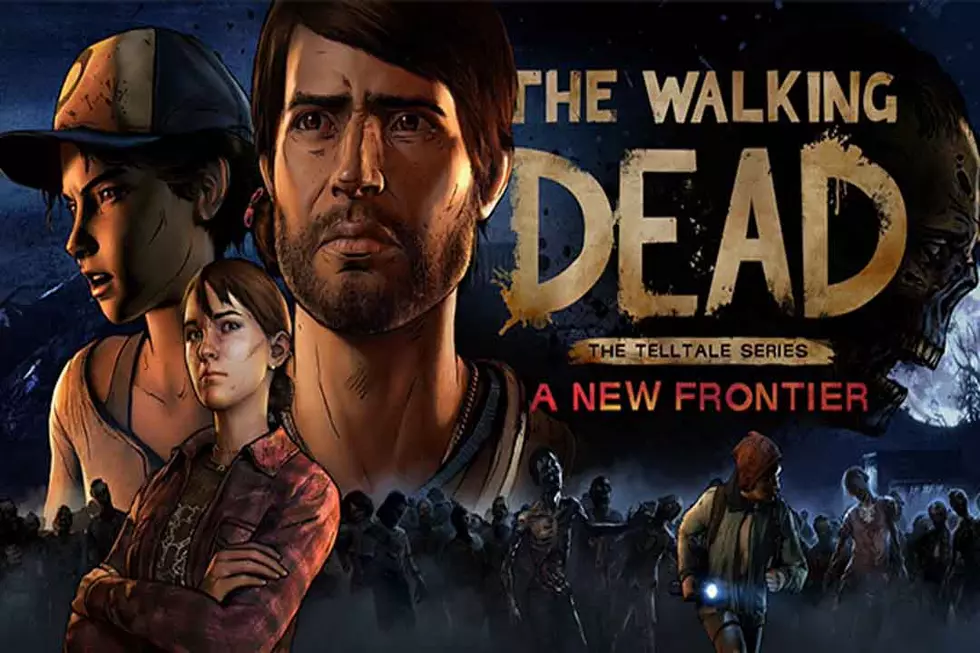![Explore the Universe Brick-by-Brick in Lego Marvel Super Heroes [Review]](http://townsquare.media/site/622/files/2013/10/Lego-Marvel-Super-Heroes-top.jpg?w=980&q=75)
Explore the Universe Brick-by-Brick in Lego Marvel Super Heroes [Review]
Two of the things I have loved longest in life -- besides family, fireworks and cake -- are Lego and the Marvel universe. They were two things that sparked and fed my imagination and helped me play.
Now they've come together in the video game Lego Marvel Super Heroes. There was very little chance that I wasn't going to buy a game that combines two such nostalgic favorites. Still it comes as a great relief to discover that Lego Marvel Super Heroes doesn't just tap into my nerd reflexes; it's also tremendous fun.
I was skeptical the first time I played a Lego video game -- Lego Indiana Jones, in 2008. My old housemate had played Lego Star Wars, and as that universe never held any charm for me I watched him play with a wary eye. Lego is a tactile experience. If you don't start with a bucket of bricks and a bare space on the carpet, how is it Lego at all?
As I learned from Lego Indiana Jones -- and as anyone who has played one of these Lego games can attest -- the software company Traveller's Tales has tapped into a different set of brick-based pleasures for its Lego franchise games, and it works.
There's never any real building involved -- even when you do construct an object you're just repeatedly clicking the same button while the computer does the work -- but there's a lot of brick-smashing and problem-solving, and there's an irresistible appeal to a world made of Lego, and to the simple build of the mini-fig characters. Lego video games rely on a completely different type of engagement with the bricks, but borrow the same aesthetic charm.
Problem-solving is the main driver for all the Lego games. The player is placed in a locked room and has to work out how to get out of it. It's essentially the same experience whether it's dressed up as Star Wars, Harry Potter or Lord of the Rings. It's not as limiting as it sounds; there are endless ways to recreate the same basic idea with different puzzle elements.
One of the key ways to keep it fresh is to keep changing the franchise. What's different about Lego Marvel Super Heroes versus other Lego games is not the basic game engine but the variety of characters and the expansiveness of the world. For anyone with a nostalgic or new-found affection for the Marvel Universe, it's a powerfully entertaining combination.
Lego Marvel Super Heroes has over 100 playable Marvel characters, an explorable main map of Manhattan, and a story that takes players through a number of familiar locations, from Asgard to Asteroid M via the Baxter Building and the X-Men Mansion.
For story missions you play as two, three or four characters chosen by the game, and switch between them to find the right skills to solve puzzles. That could mean using Thor's hammer to power a generator, using Spider-Man's webs to pull a lever, or using Jean Grey's telepathy to control a guy in the next room. You'll also come across things you can't do in story mode, but which you can come back to later when you've unlocked the right character with the right set of powers.
Power differentiation is really the game's big innovation. It is a little limited -- Spider-Man's webs and Mr Fantastic's stretchy arms are kind of the same thing, and Black Widow's stealth mode is really just Invisible Woman's invisibility -- but the game uses simplicity as a strength. Basic design and basic functionality makes this one of the most fun and extensive superhero games I've played. It's precisely because everyone is a mini-fig and a lot of the powers are the same with different animations, that the designers were able to put so many playable characters in the game and keep the fans happy.
There is tremendous whimsical delight in discovering the different looks and signatures of the heroes and villains, and the way the characters move and express themselves. I was thrilled the first time I used Iron Man's boosters to rocket across the Manhattan skyline, and thrilled all over again when I did the exact same thing with Green Goblin's glider, and again when I used Spider-Woman's web-wings. Meanwhile, Spider-Man zips across the city on his webs and Hulk rampages through everything in his path with blissful disregard for the Lego world around him.
The story mode only introduces the player to a couple of dozen characters, but there's an open play Manhattan -- and hovering over it, a SHIELD helicarrier -- that allows the player to discover and unlock other heroes and villains, from Colossus to Black Cat to Ronan the Accuser. There are some strange obscurities and absences -- I'm frustrated that I can play as HERBIE but not as Nightcrawler -- but I can easily see the designers expanding the universe and the characters with downloadable content if the game is successful enough. (Dark World and Winter Soldier packs are already planned.)
For comics fans part of the game's appeal is that it utilizes the full Marvel universe in a way that the movies can't. The franchises are reunited here, so you can play as an Avenger, an X-Man, one of the Fantastic Four or as Spider-Man, and you can even have them team up. (The main villains, of course, are a barely-united front of Loki, Dr. Doom and Magneto, with the threat of Galactus hovering overhead.)
The designers clearly know who these characters are, and have provided the cutest interpretations of all of them. Human Torch offers a delighted "ha-ha" when he blows things up that instantly made him one of my favorites to play with, and of course he says "flame on" when he fires up his powers. Thor and Storm both make bombastic pronouncements when they unleash their lightning. Hulk can change into a perplexed Bruce Banner to use a computer, Spider-Man can turn into Peter Parker, and Thing... well, Thing can't turn into anything, because that is his curse. Sorry, Ben.
There's also a ton of humor throughout the game. One of the side-missions involves helping Black Panther beat up the thugs who stole his milk. (Inexplicably this unlocks Pepper Potts as a playable character.) Another demands that you fix the H on a helicopter landing pad because, "Don't they know that helicopters explode if they land on a misshapen H?" Some of the animations in the middle of fights are so amazing that you wish you could stop fighting to just watch them. Cap has one where he juggles his shield so proficiently that his opponent claps his hands in admiration, at which point Cap punches him in the face.
If you're a Marvel fan, this is a game that taps into everything that's familiar and fun about the Marvel universe. Crucially, it is also an addictive and entertaining puzzle game. It's nothing revolutionary if you've played Lego video games before, but it may be the one you end up loving the most if the idea of leaping off a helicarrier or punching a Savage Land raptor or throwing a giant iron at Magneto appeals to you.
The release of Batman: Arkham Origins this week will surely overshadow Lego Marvel Super Heroes, because the batgame is serious business with fighting and brooding and sexually demeaning depictions of women, whereas this is a light, fun puzzler with a raccoon and a duck. I can respect the appeal of grim and gritty, but I suspect nothing in Arkham Origins will make me giggle like watching mini-fig Beast running on all fours. It's a lovely thing to rediscover the joys of playtime.
More From ComicsAlliance

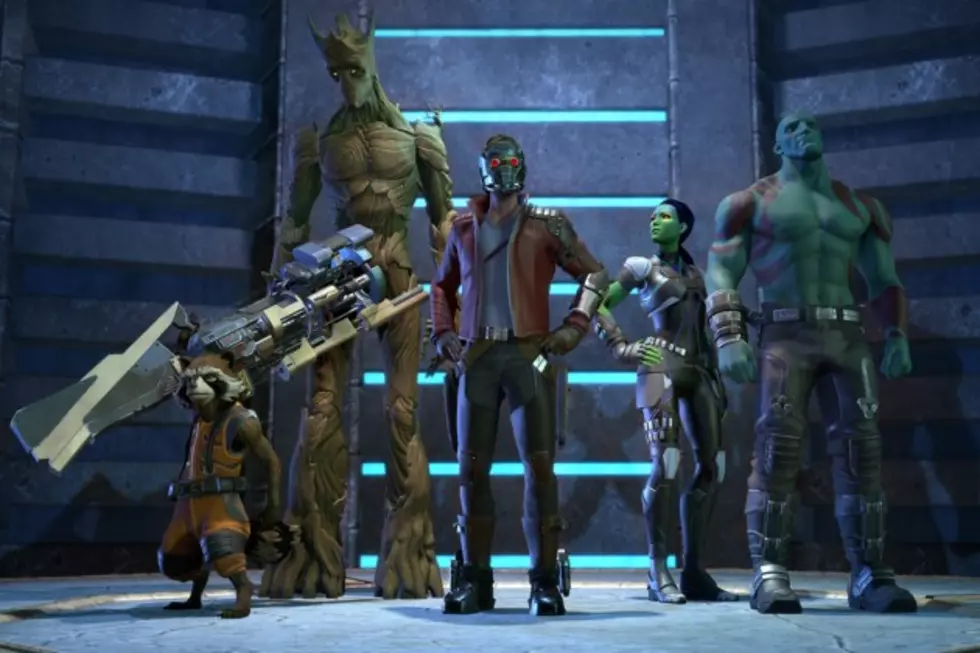

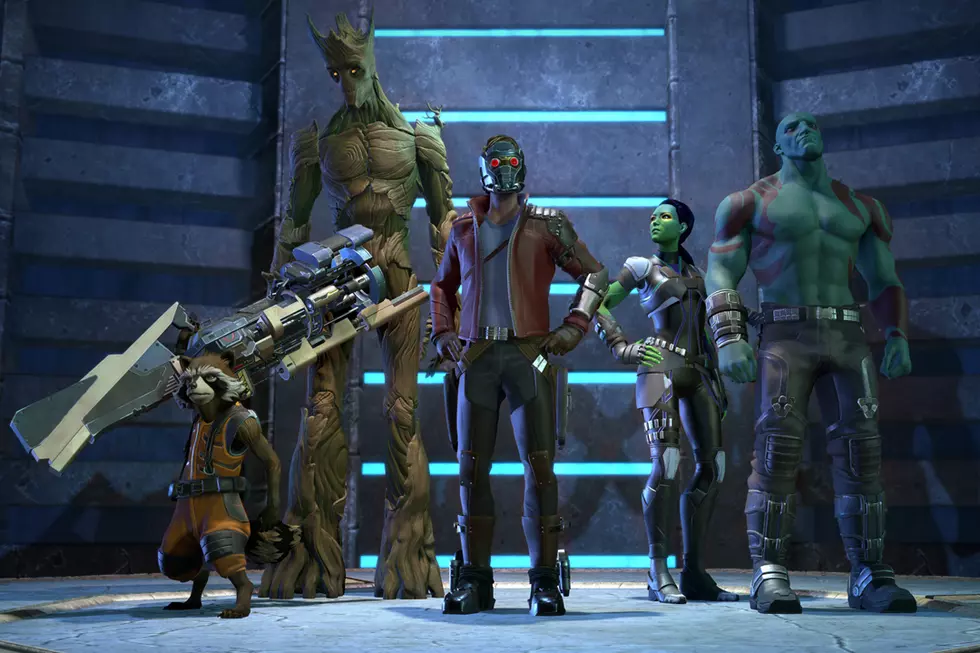
![Batman, Star Wars, Marvel Comics and More Build a Solid Foundation for Lego [Toy Fair 2017]](http://townsquare.media/site/622/files/2017/02/IMG_1783.jpg?w=980&q=75)
